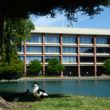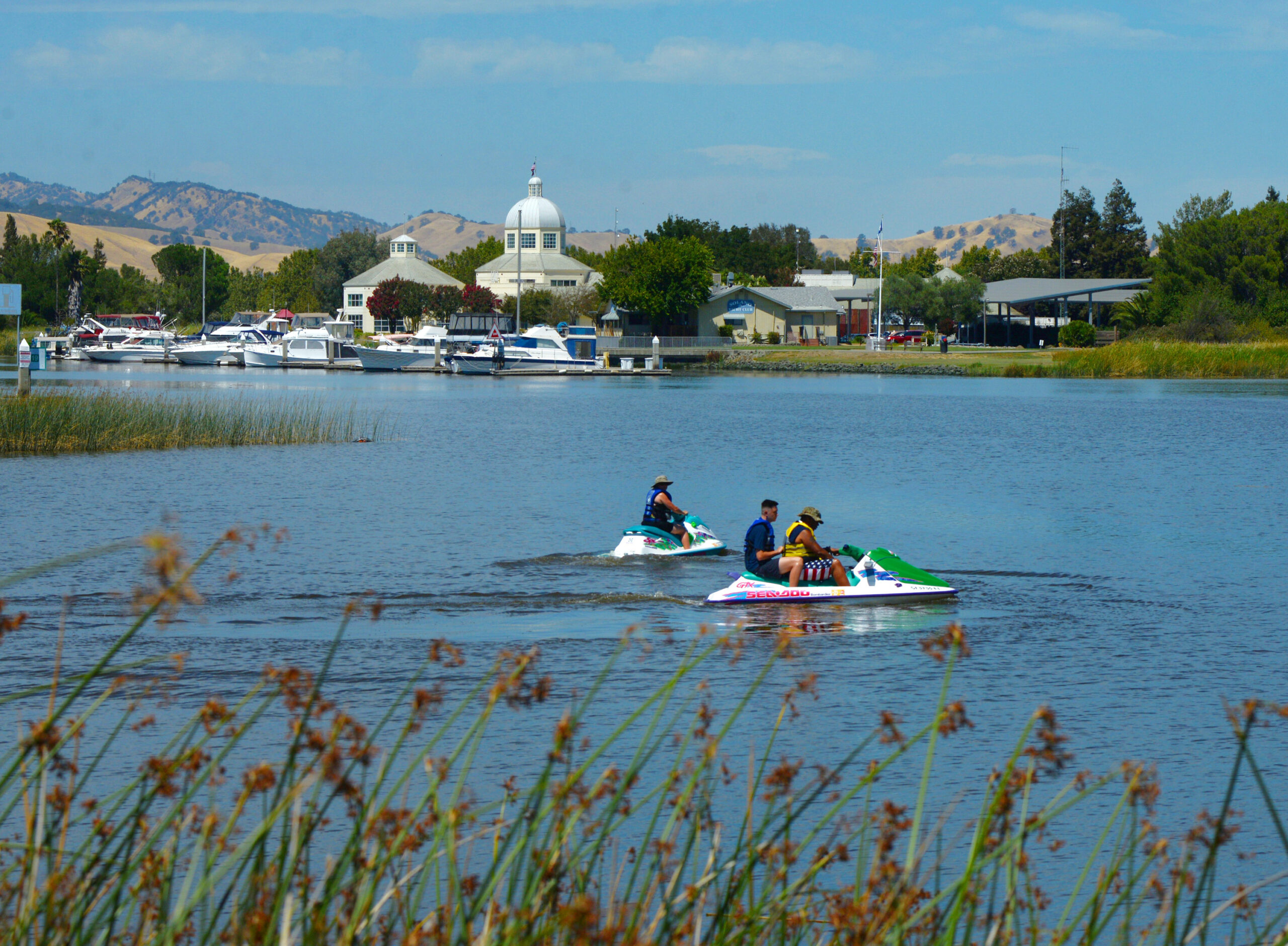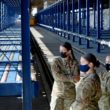TRAVIS AIR FORCE BASE — When military or humanitarian resources have to be moved anywhere in the world quickly, it is the Golden Bears of Travis Air Force Base’s active duty and Reserve squadrons who get them there.
Travis has served as the Pacific Coast’s major air mobility hub since World War II and handles more cargo and passenger traffic than any other military airport in the United States.
It is home to the 60th Air Mobility Wing and the Air Force Reserve 349th Air Mobility Wing, whose service members and civilian workers work side by side to provide the nation with air transport and air refueling resources needed to undertake military and humanitarian missions anywhere in the world.
Along with its East Coast counterpart, Joint Base McGuire-Dix-Lakehurst, New Jersey, Travis is the backbone of the Air Force’s strategic airlift, aerial refueling and airfield management for ongoing operations in Southwest Asia, the Horn of Africa and other hotspots in the war on terror.
Then known as the Fairfield Army Air Base, Travis was established on the east side of Fairfield in 1942 as part of a network of bases to protect the San Francisco Bay Area from the Japanese navy in the aftermath of the attack on Pearl Harbor. It soon transformed into the jump-off point for air transports headed into the Pacific war zone.
After a postwar stint as a Strategic Air Command Base, Travis returned to become one of the busiest military air terminals in the world, supporting every military operation from the Korean War through the present operations in Afghanistan.
The base’s economic impact on the area in 2012 amounted to $1.66 billion, which includes spending on service members’ health care, on-base construction and facilities maintenance, payrolls and services contracts.
Travis holds 26,357 people as well as a work force of 13,409 that includes 7,063 active duty, 3,078 Air Force reservists, 1,908 civil service workers and 1,360 civilian workers in nonappropriated fund positions, contractors and private businesses. Travis is the county’s largest employer.
It is also estimated that approximately 48,100 retirees who live within 50 miles of the base generated about $811.2 million in business at Travis and in the surrounding region in 2012. More than 55,800 civil service retirees who live in the same area generated about $1.16 billion.
David Grant Medical Center is the Air Force’s largest medical facility on the West Coast. It not only serves the medical needs of military services members throughout the Pacific and the Western United States, but also cares for more than 105,000 Tricare beneficiaries and veterans.
David Grant works with the Department of Veterans Affairs, which has co-located a growing number of services to care for an estimated 377,000 veterans in the region.
The base’s airfleet includes the C-5 Galaxy jet transport, the C-17 Globemaster III jet transport, the KC-10 Extender air tanker and the Navy’s E-6B Mercury recon and communication aircraft.
Reach Ian Thompson at 427-6976 or [email protected]. Follow him on Twitter at www.twitter.com/ithompsondr.
Travis Air Force Base at a glance
- Established: June 3, 1943
- Size: 6,383 acres and 1,790 buildings
- Work force: Approximately 7,200 active-duty Air Force personnel; 4,250 Air Force Reserve personnel and 3,770 civilians
- Major units: 60th Air Mobility Wing (commander Col. Corey J. Martin); 349th Air Mobility Wing (commander Col. Matthew J. Burger)
- Website: www.travis.af.mil








